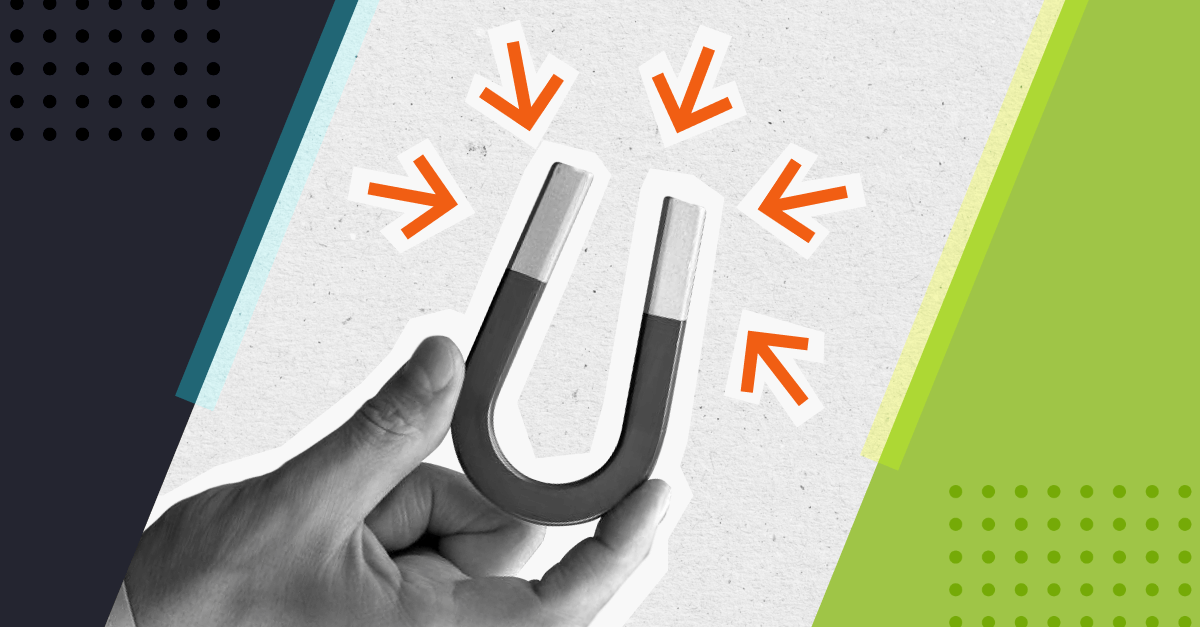
![]() The use of online qualitative methods in market research has exploded in recent years, as technology has become more sophisticated, and people have become more open with sharing information - and themselves - online.
The use of online qualitative methods in market research has exploded in recent years, as technology has become more sophisticated, and people have become more open with sharing information - and themselves - online.
In the world of consumer research; online groups, diaries and mobile ethnography are now key parts of the researcher's toolkit. 'In the moment' feedback is being captured all the time - through written self-completion tasks, and self-shot videos of consumers using a product, or talking about a brand. All this data is being used to find insights that help businesses inform their strategy, or product development.
But is there a place for using online qualitative methods in B2B research? Or are they a bit too light touch, or too superficial for businesses? The answer: yes, there is absolutely a place for them.
In this blog we highlight eight reasons you should consider an online qualitative approach for your B2B research. But first - here’s a quick overview of some of the typical methods:
Online groups - A group of respondents log in to an online platform and take part in a discussion, similar to a forum, over a few days.
Online diaries - Respondents use a private online platform to record their thoughts, feelings and behaviours on a regular basis through guided journaling and/or videos, over a set period, e.g. a week.
Mobile ethnography - Similar to online diaries, but specifically completed through a mobile app.
Online communities - Respondents are recruited to participate in research-related activities over an extended period of time, usually months rather than days or weeks.
1. It's convenient for respondents
Unlike consumers, business people aren’t doing research in their ‘downtime’ - it’s quite the opposite. Making it as convenient as possible for them to fit into their schedule should be a priority, and an online qualitative approach allows them to engage at times most convenient for them, as opposed to committing to an interview at a certain time, or physically attending a focus group. They can complete it on the go, or dip in and out at various intervals. In this vein, you could argue that online qualitative research is even more suited to B2B research than for B2C.
2. You can reach a large sample over a wide area
With online, you can reach more buyers, across a wider area, than you would with traditional qualitative methods. B2B markets are typically smaller than consumer markets, so it’s likely your audience will be spread out across a wide geographic area. With an online group, you could have ten business leaders spread across the world all taking part in the same discussion, and they can fit their contributions around their schedules. And it saves you time - you won’t need to spend 30-60 minutes on the phone with each of them.
3. It's fast
If you want feedback fast, online methods are typically quicker to set up and complete. And analysis is quicker. If collecting written responses, your data is already transcribed. You won’t need to listen back to audio recordings, and you’ll have lots of quotes to bring the findings to life.
4. You can blend qual and quant
Most platforms will allow you to include polls to supplement your open-ended questions. If you are running an online group with 50 people for instance, you may find it useful to run a poll to give you a quick read on a key question.
5. You will capture more considered responses
The self-completion nature means greater granularity and more considered responses, as respondents are not under pressure to give a spontaneous answer. You may be asking them about things they haven’t consciously considered before so this can be really valuable.
6. Moderating is easier
Multiple people in your team can log on, view responses ‘live’, and add probes or further questions - meaning you can share the load of moderating. It’s also less daunting than interviewing someone or hosting focus groups if you haven’t done either of these before. You will have time to think through any further questions you want to ask based on the responses. And should they wish to - stakeholders and your C-suite can log on to view it too.
7. You can use stimulus
You can incorporate visual stimulus in your questions - images, documents, sound files, links to websites, or videos. If you are testing a new proposition you can embed an image or document that illustrates it. If you want people to explore your website as part of a task, you can include a link, or images of specific pages. Or you may wish to create a video of yourself or a key member of the business introducing the research, to engage respondents.
8. You can capture multimedia responses
You don’t just have to capture open-ended written responses. You may want your respondents to video themselves talking about a topic. This will help bring findings to life when sharing your research. Or you may want respondents to upload images or videos that support their written answers. For example, images of relevant documents, or video footage of their work environment.
There are a number of reasons why an online qualitative approach might be right for your B2B research. However, like with any approach, there are challenges.
You’ll need to choose a provider to host your online research, and of course these come with a cost. And they can be expensive. But there is a big market out there so you are likely to find one that works for you. Some that I’ve used in the past and would recommend taking a look at are Liveminds and MRQual.
The other main challenge is that, like with any research, you still have to engage people to take part. While an online qualitative method will offer more convenience for respondents, your research still has to compete with a lot of business critical issues. So your research topic needs to be engaging. You also need to make sure the questions and design make it feel easy to complete, and not onerous. Finally, be realistic about how much time they will be willing to spend contributing, and make it achievable.
Online qualitative methods like groups and diaries provide another way, besides traditional interviews, focus groups, and surveys, for you to get to know your buyers, and capture feedback that will provide direction for your business. And you don’t have to use them as a standalone method; they can supplement your other B2B research. Or, you may want to run an online group with a selection of buyers that completed your online survey so you can dig deeper on the themes that came out of it.




